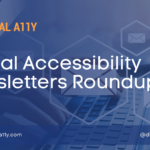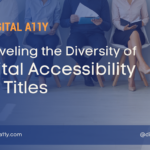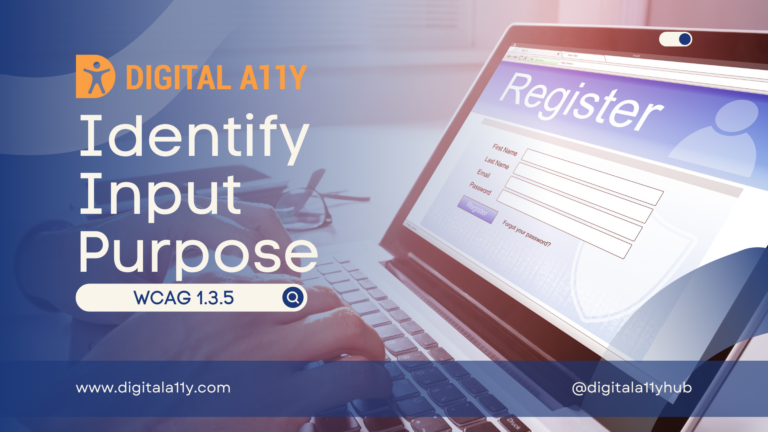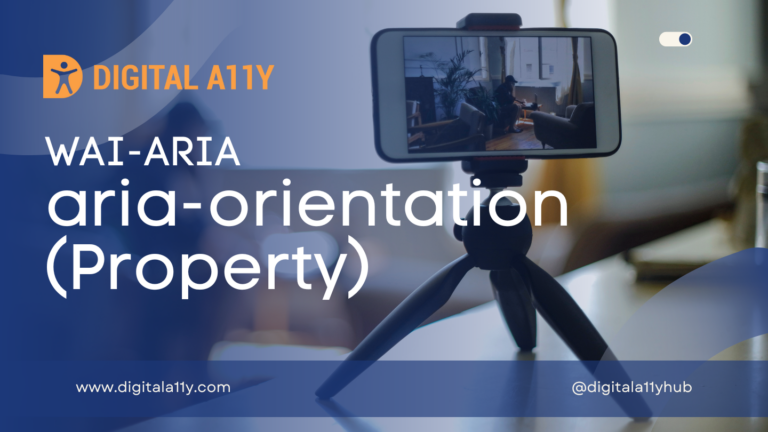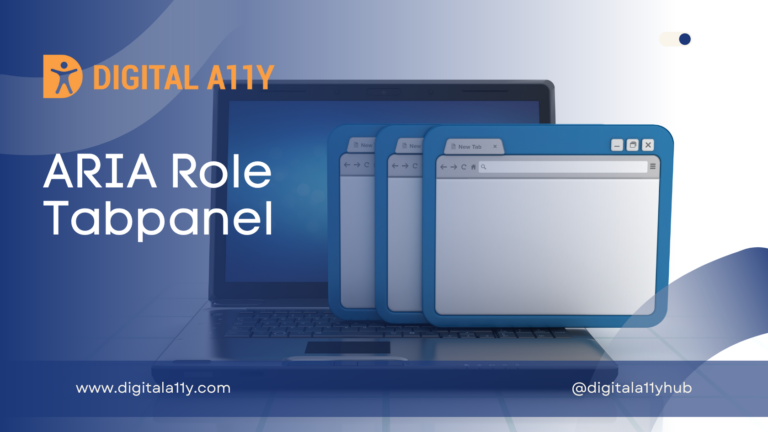Australia’s Digital Accessibility Revolution: What’s Changing in 2025?
Imagine trying to complete essential tasks online—like booking a doctor’s appointment, applying for a job, or accessing government services—only to find that the website is difficult to navigate, the text is unreadable, or key functions don’t work with assistive technology. For millions of people with disabilities, this is a daily reality. Digital accessibility ensures that everyone, regardless of ability, can interact with websites, apps, and online services seamlessly.
In Australia, approximately 4.4 million people—or 18% of the population—live with some form of disability. For these individuals, digital accessibility is not just about convenience; it’s about independence, inclusion, and equal access to information and services. Yet, many digital platforms still create unnecessary barriers, making everyday tasks more challenging than they should be.
Recognizing this, the Australian government has taken significant steps to enforce accessibility standards and improve digital experiences for all users. But to understand the impact of these changes, we first need to explore the foundation of digital accessibility laws in Australia.
Understanding the Disability Discrimination Act 1992 (DDA)
The Disability Discrimination Act 1992 (DDA) was a landmark piece of legislation designed to protect people with disabilities from discrimination in various areas, including employment, education, and access to goods and services. Over time, this protection has extended to digital platforms, requiring organizations to ensure their websites and apps are accessible.
Failure to meet accessibility requirements can have serious consequences. If a digital service does not comply with accessibility standards, individuals with disabilities have the legal right to file complaints, and in some cases, take legal action against the organization responsible.
To help organizations align with accessibility requirements, the DDA mandates adherence to the Web Content Accessibility Guidelines (WCAG) 2.1 Level AA standards. These guidelines set clear benchmarks for making digital platforms perceivable, operable, understandable, and robust for people with diverse needs, including those with vision, hearing, mobility, and cognitive impairments.
While the DDA has laid the foundation for accessibility, the Australian government is taking further steps to strengthen these efforts. The latest initiative—the Digital Experience Policy—marks a significant leap forward.
Australia’s New Digital Experience Policy: What’s Changing?
In July 2024, the Digital Transformation Agency (DTA) introduced the Digital Experience Policy, a comprehensive framework that will take effect on 1 January 2025. This policy introduces three new standards aimed at improving digital accessibility, simplifying access to government services, and ensuring a high-quality user experience for all Australians.
These new standards will apply to all new government websites, complementing the Digital Service Standard, which was updated in July 2024. But what exactly is the DTA, and why does it play such a crucial role in shaping Australia’s digital landscape?
The Digital Transformation Agency (DTA) is responsible for overseeing the development, implementation, and monitoring of Australia’s government-wide digital strategies and policies. It ensures that digital and ICT investments are effective, user-friendly, and accessible to all Australians, including those with disabilities.
With the introduction of the Digital Experience Policy, the DTA is reinforcing its commitment to digital inclusion. Let’s take a closer look at the three key standards that will shape the future of government websites in Australia.
The Three New Standards for Government Websites
Starting 1 January 2025, all new government websites must comply with the following digital experience standards:
- Digital Inclusion Standard
- Ensures government digital services are accessible to all Australians, especially individuals with disabilities.
- Focuses on creating websites and applications that are simple to use, regardless of a person’s technical skills or abilities.
- Prioritizes access for vulnerable groups often excluded from digital services.
- Digital Access Standard
- Reduces duplication of government websites, consolidating services into fewer, more user-friendly platforms.
- Simplifies how Australians find and navigate government information online.
- Ensures websites are accessible even for users with limited digital literacy.
- Digital Performance Standard
- Requires continuous monitoring and improvement of government digital services.
- Ensures government websites remain high-quality, responsive, and user-centered.
- Adapts to changing user needs based on real-world feedback and performance data.
These standards will work alongside the Digital Service Standard, which was refreshed in 2023 to enhance the usability of government services.
How Will These Changes Benefit Australians?
The implementation of the Digital Experience Policy is set to transform how Australians interact with government services online. Here’s what it will achieve:
- Better Accessibility – Ensures that all Australians, including those with disabilities, can navigate and use government websites without barriers.
- Simplified Access – Reduces the complexity of finding government services online, minimizing frustration and confusion.
- Consistent User Experience – Creates a seamless and high-quality digital experience across all government websites.
- Improved Digital Services – Ensures government websites are continuously monitored and enhanced to meet evolving user needs.
For millions of Australians, these changes will mean a more inclusive digital environment where essential services are just a click away, without unnecessary obstacles.
When Will These Changes Take Effect?
- 1 January 2025 – All new government websites must comply with the three new standards.
- July 2025 – Some existing government services will transition to meet these new standards.
These updates mark a significant step toward a more accessible and inclusive digital future in Australia. By prioritizing accessibility and user experience, the government is ensuring that all Australians—regardless of ability—can benefit from seamless, high-quality online services.
Related Reads
- Disability Discrimination Act 1992
- January 1 – a new year and new standards for government websites and services
- Data and Digital Government Strategy Implementation Plan Update



